As a new week of debate over Ukraine begins, world leaders raise the level of diplomacy to direct talks between Russian President Vladimir Putin and his national leadership counterparts.
Over the weekend, Putin was the star guest of Xi Jinping at the Winter Olympic Games in Beijing where the two expressed concerns about the United States. Where Putin has complaints about the West refusing to engage Russia’s concerns about the eastward expansion of NATO, the Chinese are not particularly happy with the US choice to turn the Olympics into a human rights diplomacy confrontation.
On Monday, February 7, 2022, Mr. Putin is meeting with his French counterpart, President Emmanuel Macron, as the two explore avenues to find a diplomatic solution to the impasse over Ukraine and avoid open warfare.
Meanwhile, in Washington, US President Joe Biden met with German Chancellor Olaf Scholz hoping to shift the position of the NATO nation most reluctant to support the militarization of the Ukraine argument to come around to the more confrontive posture of the United States. Whether the claims of “lockstep agreement” to address Russian aggression are real or temporary lip service to soothe the US remains to be seen. On Monday, February 7th, the Whitehouse announced that the Nord Stream 2 natural gas pipeline from Russia to Germany has been added to the growing ante of the gamble.
In the UN, the US continues to push the Security Council aggressively. UN Ambassador Linda Thomas-Greenfield appeared on CNN’s “State of the Union” with Jake Tapper and made the statement:
“We’re still working to discourage the Russians from making the wrong choice of choosing confrontation. This is the reason we held the meeting in the Security Council on Monday last week, to have the Russians hear a unified voice from the vast majority of members in the Security Council that they should pursue a diplomatic solution to their security concerns. And we will continue to work on a diplomatic solution. But, at the same time, we know that the Russians continue to prepare, and we will be working to address the security issues.”
On ABC’s “This Week with George Stephanopoulos”, US National Security Adviser Jake Sullivan started off his appearance with an even more confrontive message from the Biden administration:
“We believe that there is a very distinct possibility that Vladimir Putin will order an attack on Ukraine. It could take a number of different forms. It could happen as soon as tomorrow, or it could take some weeks yet. He has put himself in a position with military deployments to be able to act aggressively against Ukraine at any time now.
And we are working hard to rally our allies, to provide material support to the Ukrainians, to reinforce our eastern allies in particular, Poland and Romania and the Baltic states. And, at the same time, to send a clear message — message to Russia that we are prepared to walk the diplomatic path, to address our mutual security concerns if they’re prepared to do so.
Either way, Martha, we are ready. If they choose to go down the path of escalation instead, it will come at enormous, human cost to Ukrainians, but it will also, we believe over time, come at real strategic cost to Vladimir Putin.”
Opposite this US rhetoric, the Russians continue to state that they do not intend to invade Ukraine and what they want diplomatically is to garner the West’s agreement that NATO will not grant Ukraine membership in the military alliance.
This is Putin’s mission-critical demand, which the US says is not up for discussion. As I noted in a previous piece on RedState, Mr. Putin knows that losing Ukraine to the West is the end of his long game to bring Russia back to the stature of the USSR in Eurasia. Ukraine becoming part of NATO transforms the Black Sea into a shared space with the West. The coastline would be over half NATO. The entire southern belly of Russia starting with countries like Georgia on the Black Sea coast to Uzbekistan on the Chinese border become future dominoes in a march across the landscape that the Russian Federation would rather not see happen.
The line in the sand is in Ukraine. Both Russia and the West know this. So, both sides posture and keep trying to talk. The question is: Will talks break down? And more importantly, who wants talks to break down and why?
To ponder that, we need to step back from our emotions for a moment.
Emergency or Imagination?
The US is all about Ukraine being a crisis that is about to explode. Russia is the big bad bear massing an invasion force on the border that can only mean one thing. And Russia is making mayhem by sponsoring a separatist insurgency in the Donbas region of the country. It’s portrayed with urgency and alarm by the Biden administration. But do the facts support the assertion?
Around 100,000 Russian troops have been on the Ukrainian border since April 2021. A report in September 2021 by the Center for Strategic and International Studies (CSIS) noted their arrival as the “Spring Scare of 2021.” At the time, the US think tank community raised concerns that Russia was preparing to annex Ukraine much the same way Putin’s government annexed Crimea after the Russian puppet government of Viktor Yanukovych was ousted in 2014.
Since April 2021, the troops have remained near Ukraine rotating units on exercises. The United States basically ignored them for most of 2021 as the Biden-led government dealt with a crumbling military occupation in Afghanistan. It wasn’t until after the fall of Afghanistan to the Taliban that the US became overtly concerned about the numbers of Russian troops milling about.
I did an interview with foreign correspondent Hollie McKay on Sunday, who was in Kyiv covering the region. McKay had been to the Donbas region of Ukraine where a separatist war has been raging since 2014. She reported that the intensity of this conflict, while real, is steady. It has not amplified recently, which you would expect if an urgency to pave the way to change the ownership of the country by the Russians, who sponsor the separatists, was underway.
Who Wants War?
The objective question one must ask then is, given that these troops have now been on the border for almost a year and the separatist war seems to be a steady as she goes scenario, is this really a new level of provocation by Russia?
Or is it the United States’ infamous attention deficit disorder in foreign policy waking up and looking for a new shiny obsession after totally blowing it so badly in Afghanistan?
Right now, the official US narrative is that Russia is the unreasonable party in the process. But increasingly, the facts are not adding up. It’s the United States that is ramping up the tension with a positional bargaining stance that is increasingly militarizing Ukraine into another Fulda Gap.
We are being asked to take our commitment to Ukraine as a given instead of asking if it really is in our interest to promote the expansion of NATO. This is a tough national interest question that must be asked. We need to be sure this is not another instance of “Saddam has weapons of mass destruction” excuse to start a war.
Putin’s BATNA
In the world of diplomacy, there’s this concept of BATNA. It stands for Best Alternative To a Negotiated Agreement. In this case, what’s Vladimir Putin’s BATNA where he can ignore Joe Biden and carry on with his agenda?
While I’m pretty sure that the long-term expansion of the EU & NATO eastward cannot be stopped, I’m also sure there is no hurry for it to happen, except maybe to the US which has not seen many wins on the foreign policy front lately.
Mr. Putin’s best course of action in the short term to prevent Ukraine from joining NATO is to simmer the burners of his stove.
- He has complete liberty to regulate the intensity of the separatist war in Donbas to keep the Ukrainian government and its allies occupied indefinitely.
- If the price of oil and gas remains high, he can afford the expense of rotating one-third of the Russian Federation’s military machine in and out of exercises on the edge of the Ukrainian border permanently as well.
- And Mr. Putin can take America’s admonition to focus on diplomacy by having increasing numbers of consultations with America’s allies and foes doing his own shuttle diplomacy about his view that the expansion of NATO has practical limits if global stability is to remain intact.
- Within NATO, Putin can concentrate on breaking the cohesion of member nations with regards to where the eastern boundary of the alliance should be. The longer the diplomatic negotiations take, the better it is for Putin because the US agenda will assuredly shift gears again maybe as soon as the end of 2022 and certainly by 2024.
- And if such a short-term strategy succeeds, an invitation to become a full partner in the future of Europe will surely follow.
Biden’s Quandary
While Mr. Putin’s courses of action are easily defined, the question in front of Mr. Biden is murkier. A proper national interest debate asking if Ukraine becoming part of NATO is a vital US interest has not taken place.
The US record of accomplishment at nation-building is dismal. Global-scale reshaping is an imperial agenda that the US has not tried since our native forays into Manifest Destiny. Our destiny manifesto this time has neither been defined nor bought into by the Nation. Nor vetted with other nations and cultures who have had some experience with such matters.
These are dangerous, rocky waters. It would seem prudent to take stock of our assumptions and risks before going too much further with this.
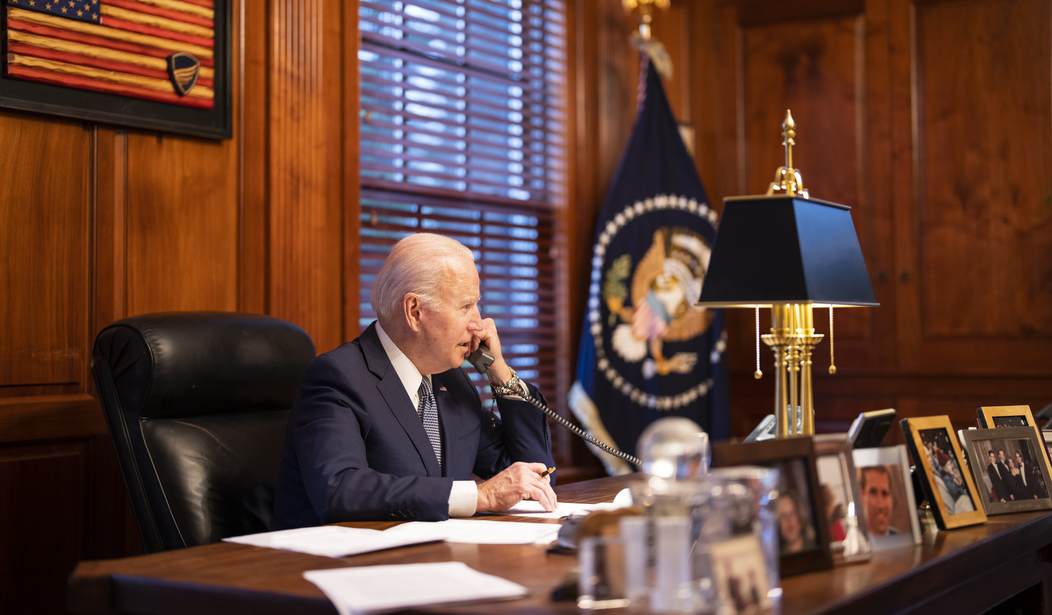




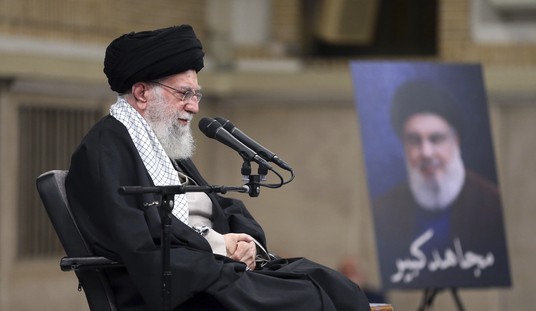
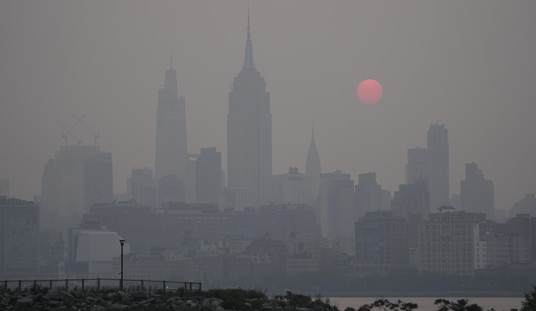
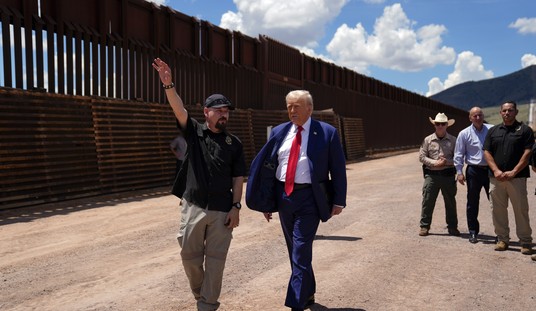


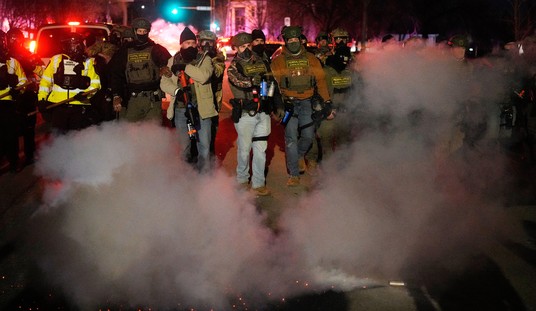
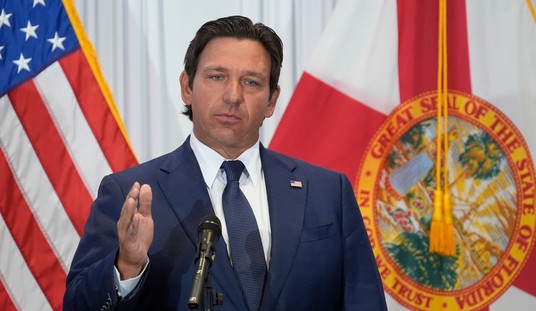
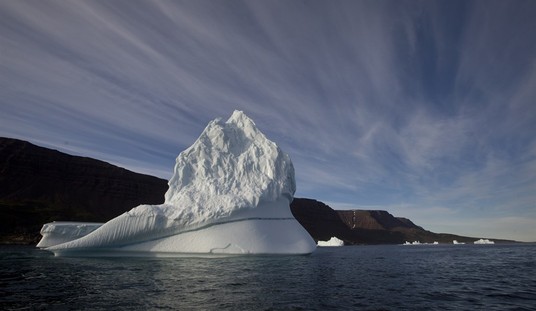
Join the conversation as a VIP Member